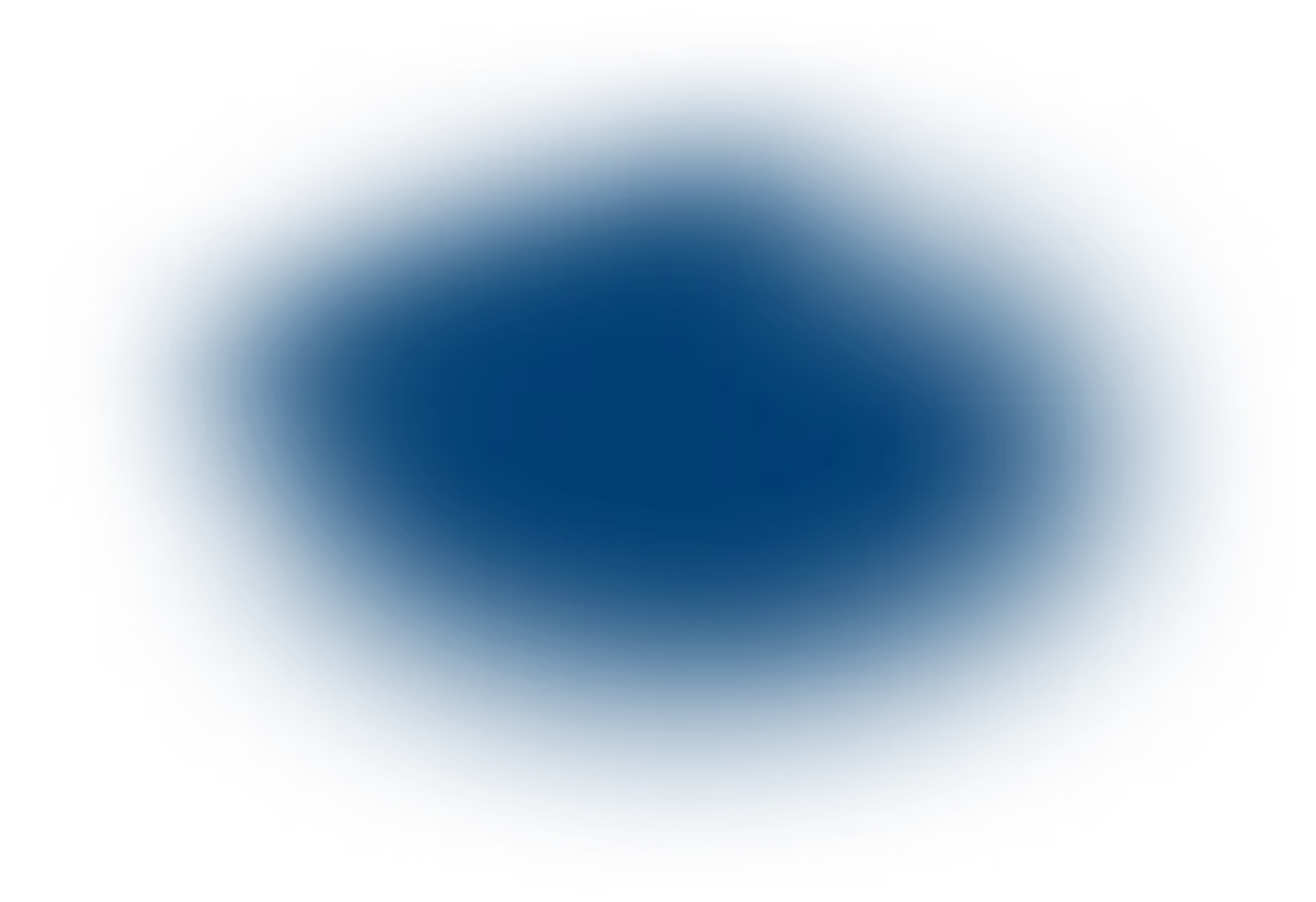
What activity economic type classification should a software company use when choosing a depreciation method for its equipment?
Ask Blue J any tax question, then go deeper. Follow up, add client-specific context, and explore the sources behind every answer with Blue J’s generative AI solution for tax research.
To determine the appropriate activity economic type classification for a software company when selecting a depreciation method for its equipment, it is necessary to refer to the MACRS property classification system, which is based on the asset’s primary use and the business activity in which it is used. The classification determines the applicable recovery period and depreciation method under the Internal Revenue Code and related guidance.
1. Asset Classification Under MACRS
The IRS provides two main tables for asset classification:- Table B-1: Specific depreciable assets used in all business activities (e.g., office furniture, computers, data handling equipment).- Table B-2: Assets used in specific business activities (e.g., manufacturing, distributive trades, services).
The general rule is:- If an asset is described in both Table B-1 (asset class) and Table B-2 (activity class), the recovery period from Table B-2 (activity class) takes precedence .- If the asset is not specifically included in an activity class, use the asset class from Table B-1.
2. Software Company: Relevant Activity Economic Type
A software company is generally engaged in the development, sale, and support of software products and related services. The most relevant activity economic type classification for such a company is found in Table B-2:
- Asset Class 57.0: Distributive Trades and Services
- This class includes assets used in wholesale and retail trade, and personal and professional services. It is the default for most service-oriented businesses, including software companies, unless a more specific activity class applies .
3. Common Equipment for a Software Company
- Computers and Peripheral Equipment: Asset Class 00.12 (Table B-1), with a 5-year recovery period.
- Office Furniture and Fixtures: Asset Class 00.11 (Table B-1), with a 7-year recovery period.
- Data Handling Equipment (e.g., copiers, calculators): Asset Class 00.13 (Table B-1), with a 5-year recovery period.
If the company’s equipment is not specifically listed in Table B-2 under a more specific activity (such as manufacturing or research), then the default is to use the asset class from Table B-1. However, for general business equipment not otherwise classified, the activity class 57.0 applies.
4. Depreciation Method
- For most 3-, 5-, and 7-year property, the General Depreciation System (GDS) using the 200% declining balance method (switching to straight line when advantageous) is the default, unless the taxpayer elects to use a different method or is required to use the Alternative Depreciation System (ADS) .
- For listed property (such as computers), if business use is 50% or less, ADS (straight line) must be used .
5. Summary Table for a Software Company
6. Conclusion
A software company should use Asset Class 57.0, "Distributive Trades and Services," as its activity economic type classification when selecting a depreciation method for its equipment, unless a more specific activity class applies.For most equipment, the default depreciation method is the 200% declining balance method under the General Depreciation System, with the recovery period determined by the specific asset class (e.g., 5 years for computers, 7 years for office furniture) .
If you have a specific type of equipment or a unique business activity (such as in-house manufacturing or research), further classification may be required. Otherwise, Asset Class 57.0 is the standard for software companies.
Was this answer helpful?
What Blue J customers are saying


“We are excited to use Blue J to elevate the initial work product our team is able to produce."
"We’re incorporating Blue J to ensure our people are well-equipped with a research tool that delivers on both ease of use and quality of deliverable. It will save us a lot of time as a starting point, so we can focus our efforts on the analysis. Ultimately, it helps us get to the right answer, faster.”
"We’re incorporating Blue J to ensure our people are well-equipped with a research tool that delivers on both ease of use and quality of deliverable. It will save us a lot of time as a starting point, so we can focus our efforts on the analysis. Ultimately, it helps us get to the right answer, faster.”


"We had used Checkpoint for a long time but found it wasn’t particularly well-used in our practice."
"A lot of our practitioners would have to turn to Google to find what they were looking for, which of course isn’t ideal. Blue J is a real game-changer when it comes to this, since it combines the efficiency of Google with the authoritative tax materials our people really need to serve their clients best. At ELO, we pride ourselves on providing services that are focused on value for clients and exceeding their expectations. Adding Blue J to our toolbox will enable us to do just that, as we continue to evolve our service offerings to better serve our clients’ needs.”
"A lot of our practitioners would have to turn to Google to find what they were looking for, which of course isn’t ideal. Blue J is a real game-changer when it comes to this, since it combines the efficiency of Google with the authoritative tax materials our people really need to serve their clients best. At ELO, we pride ourselves on providing services that are focused on value for clients and exceeding their expectations. Adding Blue J to our toolbox will enable us to do just that, as we continue to evolve our service offerings to better serve our clients’ needs.”


"We find this tool to be a game-changer for us and our clients.”
“We had the opportunity to pilot some other AI solutions in the market, and found that the improvement over traditional search was limited - except in Blue J’s case, where the efficiency gain over traditional research methods is significant."
“We had the opportunity to pilot some other AI solutions in the market, and found that the improvement over traditional search was limited - except in Blue J’s case, where the efficiency gain over traditional research methods is significant."


“Blue J is an exciting technology because it enables the practitioner to remain in the driver’s seat of the analysis."
"Thoughtful functions are included to encourage and facilitate deeper analysis, not to replace or reduce it. We’ll continue to find new and impactful ways to leverage the technology, which has benefited our clients and staff alike. At RSM we strive to be compelling to our clients and to be digital by embracing new technologies to fulfill that promise.”
"Thoughtful functions are included to encourage and facilitate deeper analysis, not to replace or reduce it. We’ll continue to find new and impactful ways to leverage the technology, which has benefited our clients and staff alike. At RSM we strive to be compelling to our clients and to be digital by embracing new technologies to fulfill that promise.”


"We wanted to have a tool that people were using at all staff levels."
"We wanted something that lived up on their third screen - something that would be available and helpful to them every day. What we've found is it's been easy to get people to get into the habit of using Blue J because it helps people. Blue J allows us to quickly respond to client questions in a way that they can understand it, which helps us deal with the volume of client questions that come in. We were up and running very quickly with Blue J - within 5 minutes, our staff understood how this will be helpful, and the rest of the training program is refining prompting skills and building use cases and best practices."
"We wanted something that lived up on their third screen - something that would be available and helpful to them every day. What we've found is it's been easy to get people to get into the habit of using Blue J because it helps people. Blue J allows us to quickly respond to client questions in a way that they can understand it, which helps us deal with the volume of client questions that come in. We were up and running very quickly with Blue J - within 5 minutes, our staff understood how this will be helpful, and the rest of the training program is refining prompting skills and building use cases and best practices."





